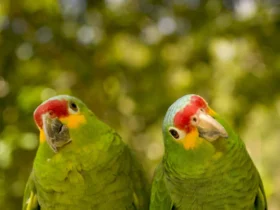In the world of pigeons, a remarkable and captivating bird stands out—the Jacobin Pigeon (Columba livia). Admired for its distinctive appearance and elegant demeanor, this avian aristocrat enchants with its flowing feathers and graceful presence. Let us embark on a journey into the enchanting world of the Jacobin Pigeon and explore the remarkable characteristics that make it a true feathered gem.
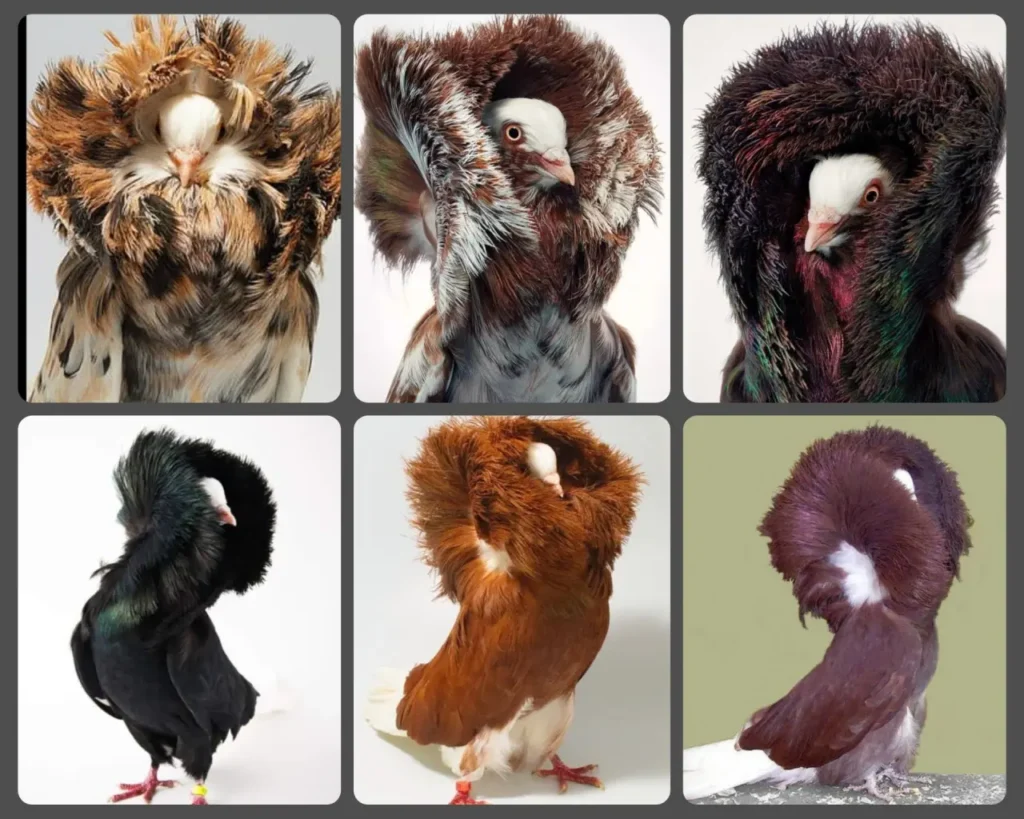
Appearance and Plumage
The Jacobin Pigeon is instantly recognizable by its unique appearance. It is distinguished by a ruffled neck and a prominent, feathery hood that gracefully drapes over its head, resembling a hooded cloak. The hood feathers are long, lustrous, and silky, giving the bird an elegant and regal appearance. The coloration of Jacobin Pigeons varies, with a wide range of shades and patterns, including white, black, blue, red, and various combinations thereof.
Beyond their distinctive hood, Jacobin Pigeons have a compact and slender body, with a slender beak, small eyes, and short legs. Despite their elaborate feathering, they are surprisingly agile and swift in flight.
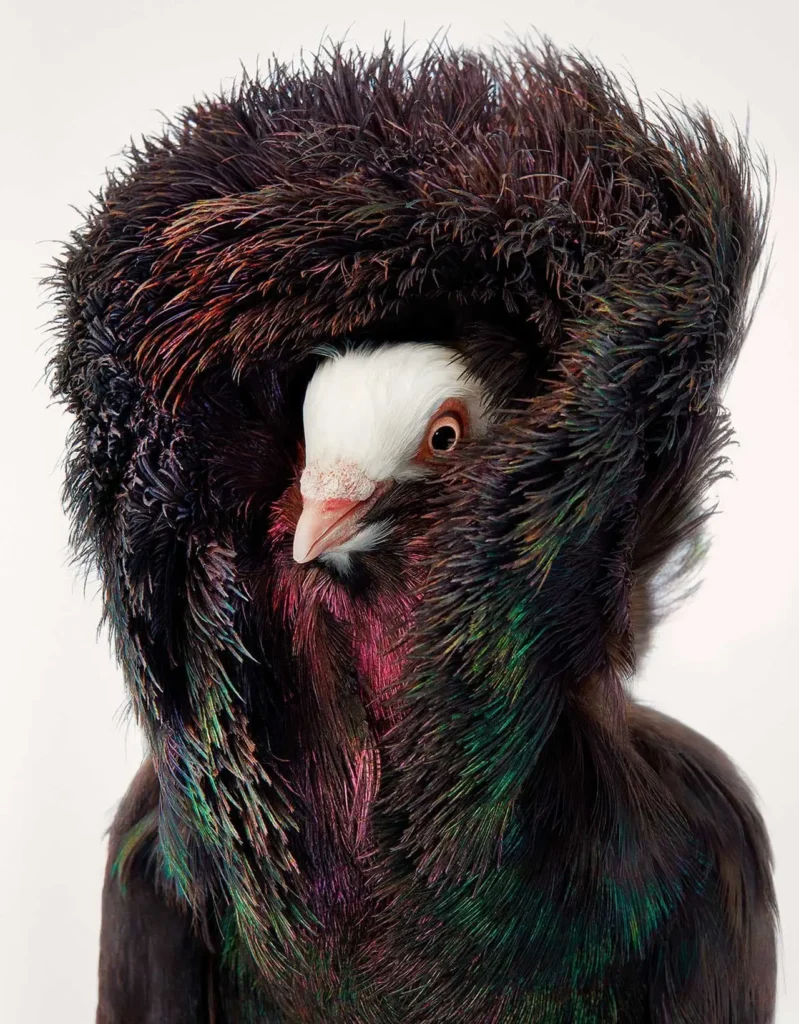
Origins and History
The exact origin of the Jacobin Pigeon remains uncertain, but it is believed to have originated in Asia, possibly in India or the Middle East. The breed takes its name from the Jacobins, a religious order known for their distinctive hooded robes. The pigeons’ resemblance to these hoods likely led to the adoption of the name.
Jacobin Pigeons were introduced to Europe in the 17th century, where they quickly gained popularity among pigeon enthusiasts and breeders. Over time, selective breeding refined their appearance and enhanced their unique features, resulting in the breed we know today.
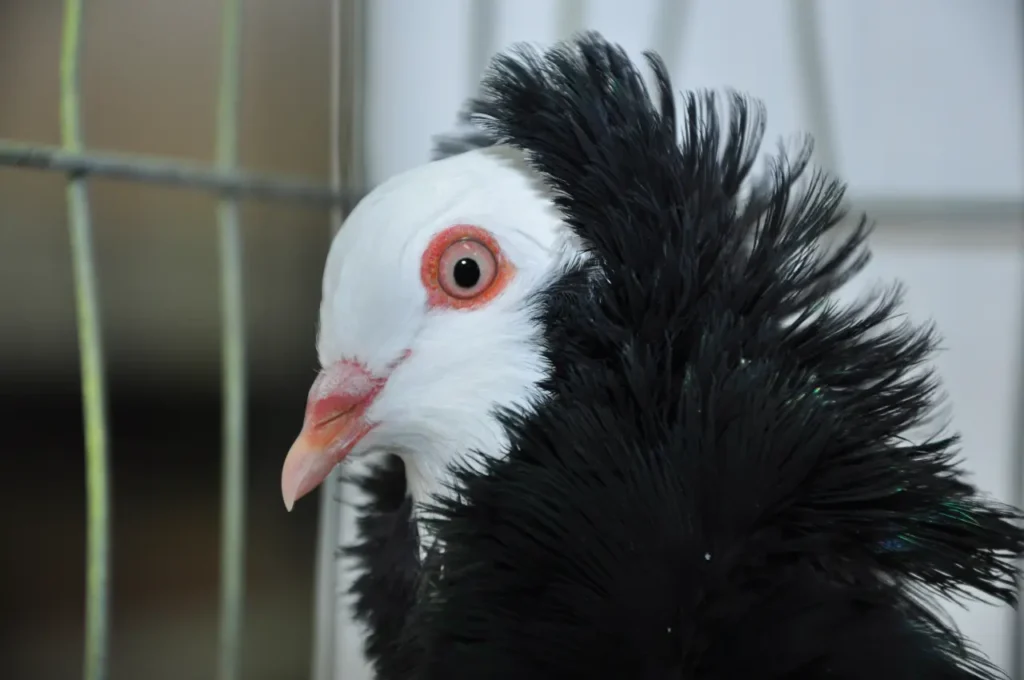
Temperament and Behavior
Jacobin Pigeons are known for their gentle and docile nature. They are calm and easy to handle, making them popular pets and exhibition birds. Their elegant presence and stunning appearance have earned them a reputation as a show breed, where they are judged based on their conformation and presentation.
In their natural behavior, Jacobin Pigeons are social birds, often found in small flocks. They communicate with soft cooing sounds and engage in courtship rituals, which include displays of bowing, puffing of feathers, and gentle bill-nudging. They are also highly adaptable and can thrive in various environments, including urban settings.
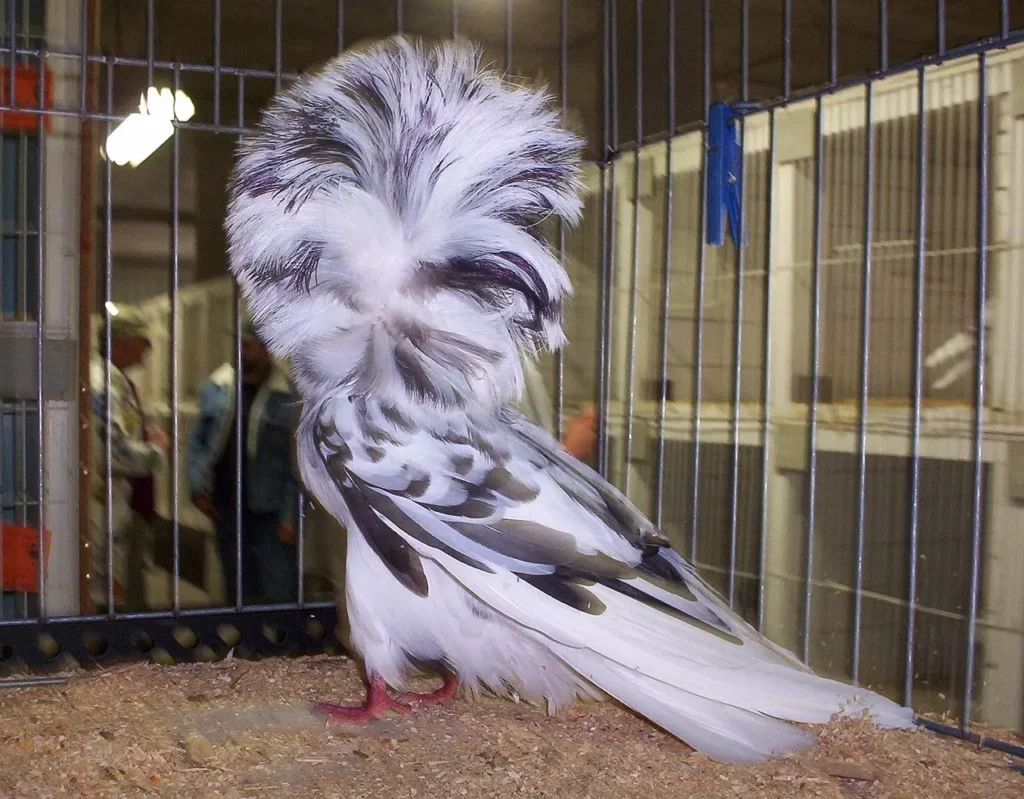
Care and Husbandry
Caring for Jacobin Pigeons requires providing them with appropriate housing, nutrition, and companionship. They should be provided with a spacious and secure aviary or loft, where they can freely fly and roost comfortably. Adequate ventilation and protection from the elements are essential for their well-being.
A balanced diet consisting of pigeon feed, grains, fruits, vegetables, and access to clean water is crucial for their health. Regular grooming, including feather maintenance and checking for any signs of illness, should be part of their care routine.

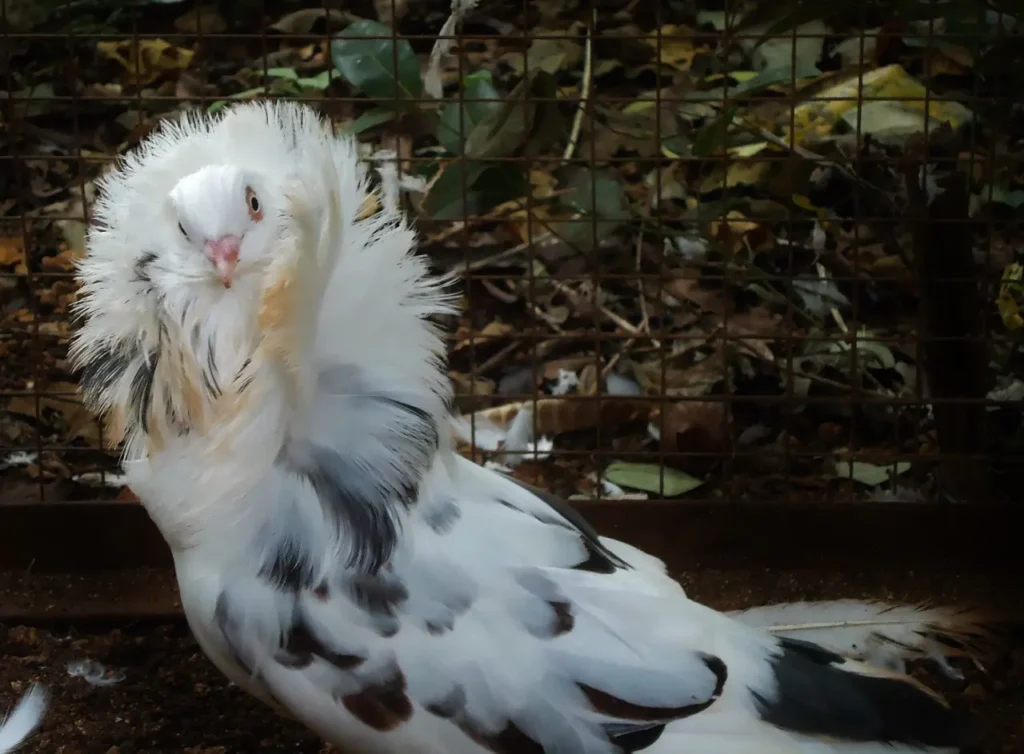
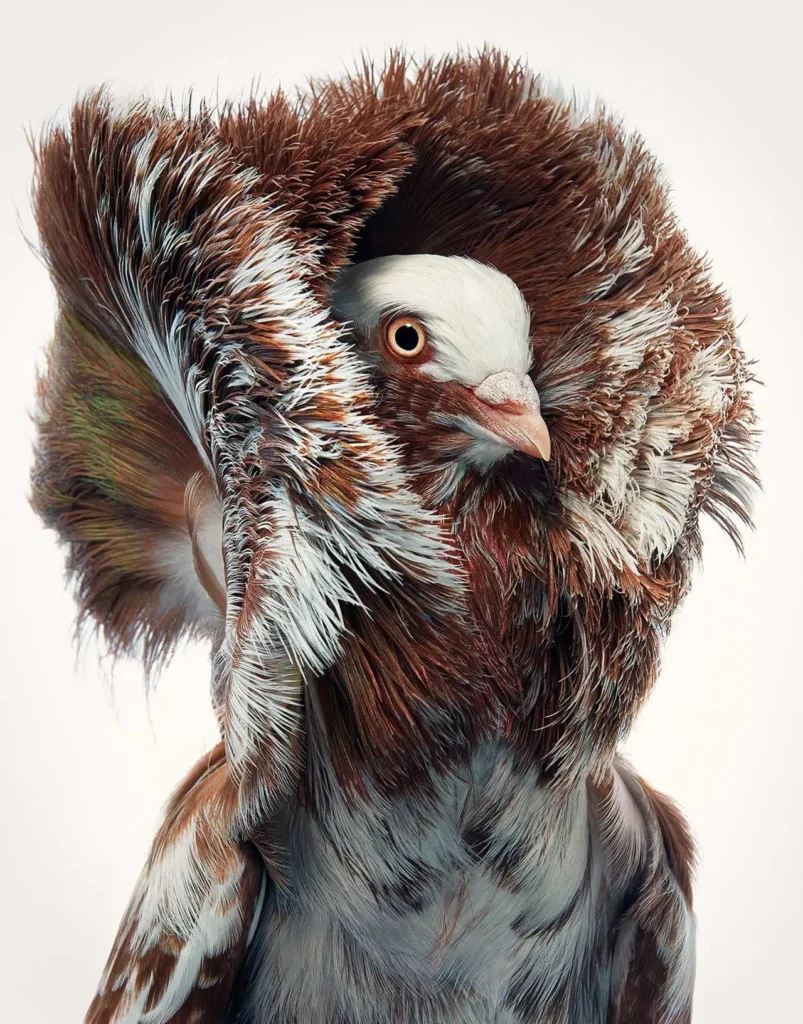
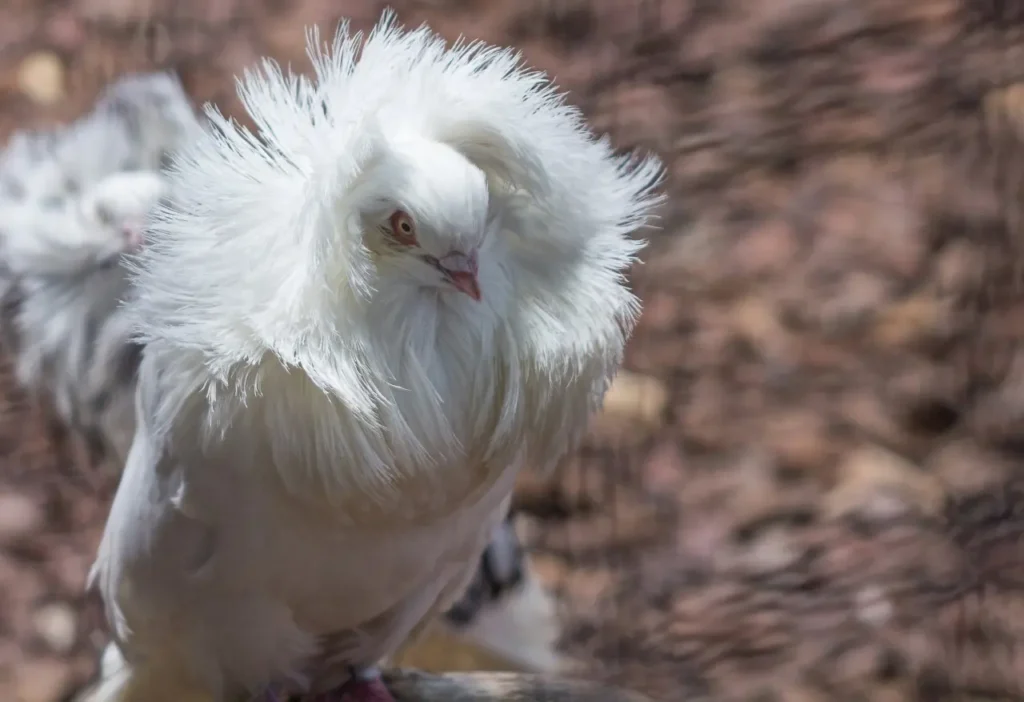
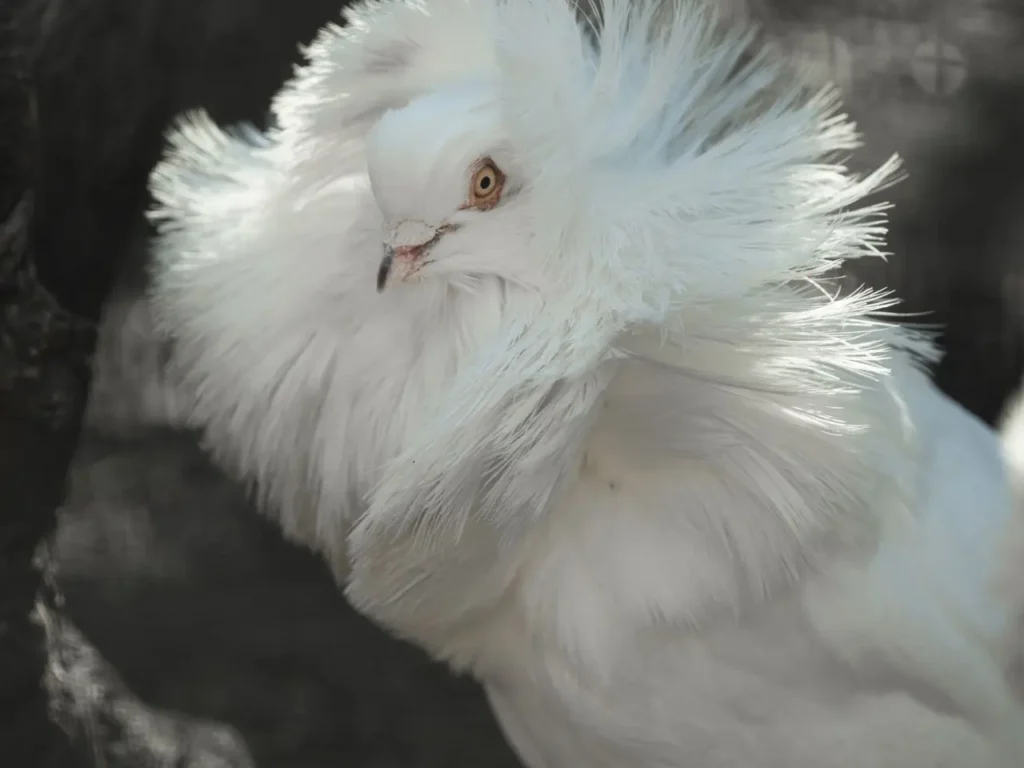
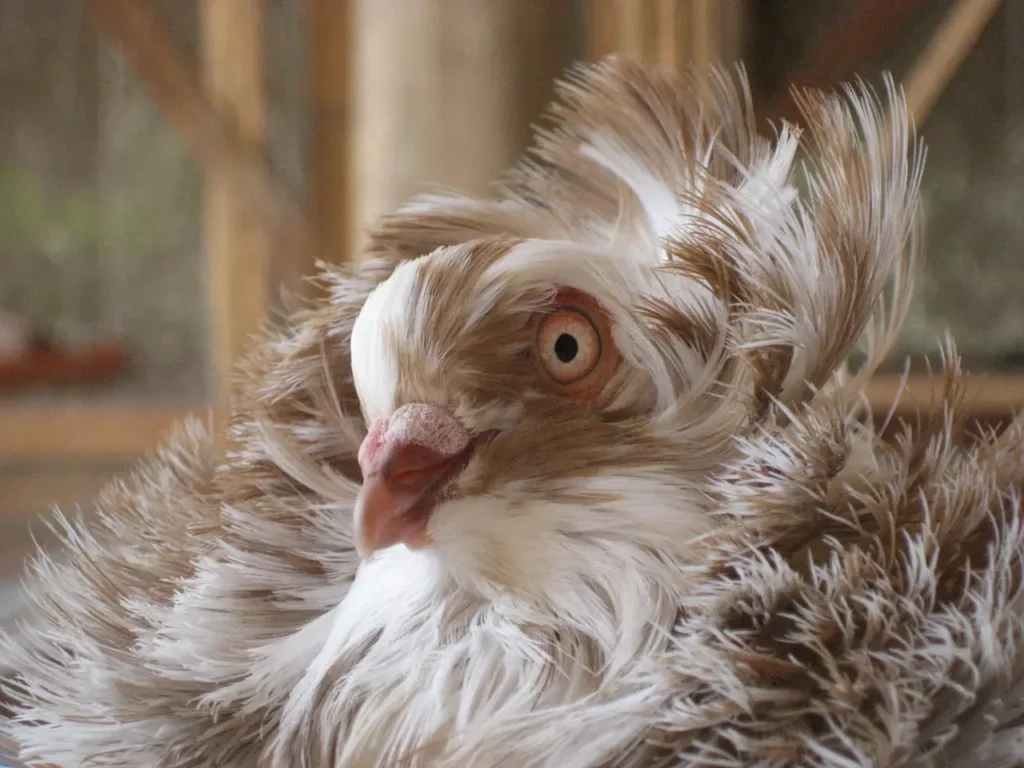

Appreciating the Jacobin Pigeon’s Beauty
The Jacobin Pigeon stands as a testament to the exquisite diversity found in the avian world. Its ornate hood and flowing plumage create a sense of elegance and allure that captivates bird enthusiasts and breeders worldwide. Whether admired in exhibitions, cherished as pets, or simply observed in their natural grace, the Jacobin Pigeon is a stunning reminder of the beauty that can be found in the most delicate of creatures.
